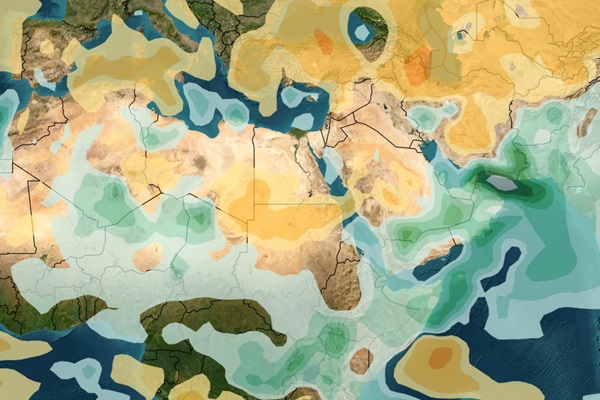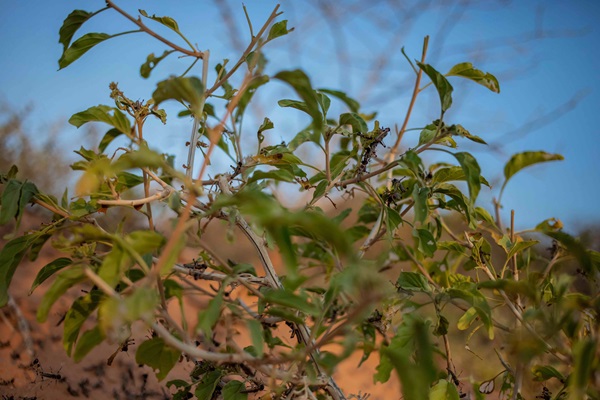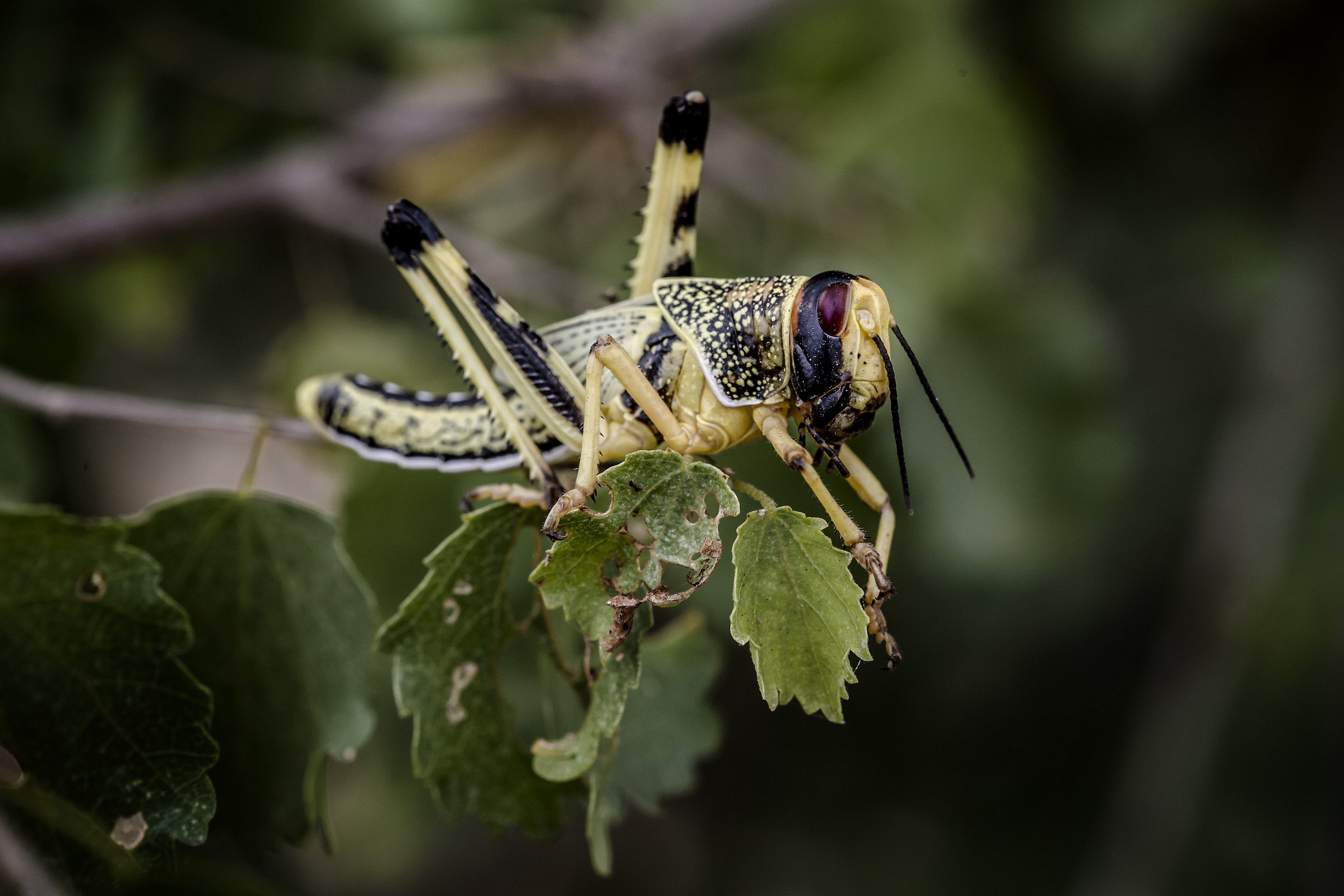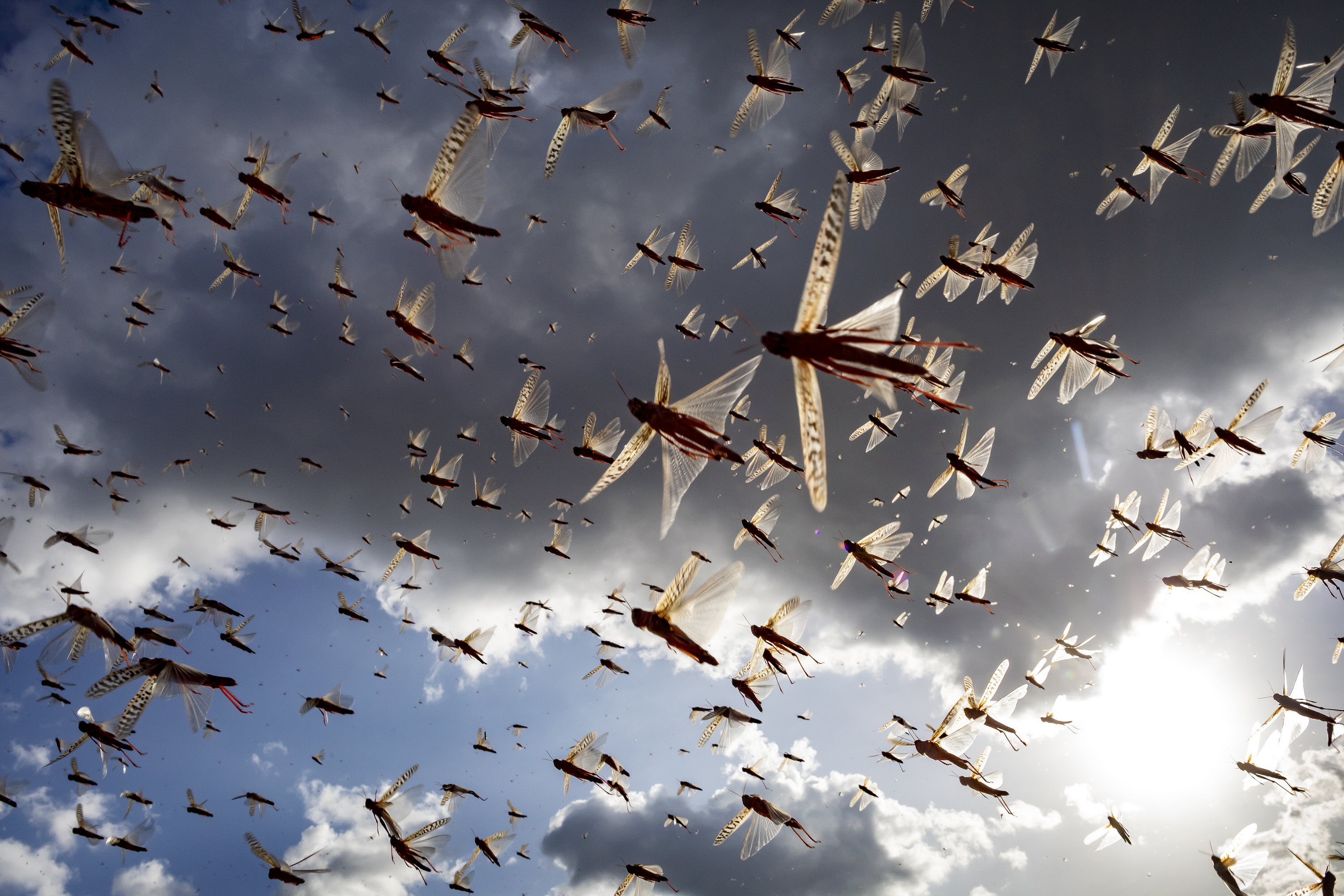Briefs
Latest updates of the locust situation

16 July 2024: seasonal precipitation predictions
16/07/2024
Overview:
Since mid-March, the seasonal precipitation prediction for the past four months expected above-averagerainfall and favourable breeding conditions during the summer. Now all of the models have completely
reversed. The positive IOD phase is now negative and La Niña is likely to develop during the next few
months rather than El Niño. Nevertheless, normal to above-normal rains are expected during the northern
Sahel from Niger to Eritrea, across Arabia to Indo-Pakistan for August and September, and continuing during
October in Yemen. Mainly dry condition is anticipated in Mali and Mauritania. During the winter, dryness
will develop from October onwards along the Red Sea and Gulf of Aden except in southeast Egypt, while
normal to above-normal rainfall may occur from November onwards in northwest Mauritania.

8 July 2024: summer rain started
08/07/2024
Key points:
- Overview: Locust numbers declined in the spring areas.
- Current situation: Summer rains began in June along areas of the northern Sahel from Mauritania to Eritrea, and the Indo-Pakistan border; adults in Sudan and parts of Egypt, Yemen, Saudi Arabia, Somalia, Algeria.
- Control: Operations continued to decrease by 75% in June compared to May.
- Forecast: Above-average rainfall is expected in July and August followed by a generation of breeding from Mauritania to western Eritrea, Yemen and the Indo-Pakistan border.

18 June 2024: seasonal precipitation predictions
18/06/2024
Overview:
Similar to the last few months, the seasonal precipitation prediction continues to suggest above-normal rainfall for July to September/October throughout the summer from Mauritania to western Eritrea, the interior of Yemen, and along the Indo-Pakistan border. The models indicate a connection between the developing La Niña in the northern Sahel and above-average rainfall in Pakistan and India, despite a slight decrease in the positive Indian Ocean Dipole (IOD). During winter, the Red Sea and Gulf of Aden coasts will see below-normal rainfall occurring earlier than usual, except for Yemen and southern Eritrea which could experience above-normal rain in October and November.

3 June 2024: all outbreaks ended
03/06/2024
Key points:
- Overview: Outbreaks finished during the last winter and spring.
- Current situation: One generation of limited spring breeding in Saudi Arabia and Egypt; low numbers of locus in Yemen and northern Somalia.
- Control: Operations continued to decrease by 50% in May compared to April.
- June: Above-average rainfall is expected to start at the end of June in the summer breeding areas of northern Sahel from Mauritania to western Eritrea, Yemen and the Indo-Pakistan border; there is a risk of cyclones in June along the Gulf of Aden and Arabian Sea.

13 May 2024: seasonal precipitation predictions
13/05/2024
Overview:
The latest seasonal dynamical models are nearly the same as last month regarding the above-normal
rainfall from eastern Africa across the Arabian Peninsula to northwest India from June through September.
The models expect a rare combination of La Niña developing quickly and IOD being significantly positive. In
addition, the Gulf of Aden and the Arabian Sea may experience heightened cyclone activity in May and
June. Indo-Pakistan is likely to experience an active and slightly above-normal monsoon starting at the end
of June this year. In West Africa, above-normal rain is likely to start around July in Niger and Chad but could
be delayed until August in Mauritania and Mali. The models predict below-normal rainfall for October and
November along the Red Sea coast at the beginning of winter.

2 May 2024: outbreaks decreased
02/05/2024
Overview:
- Outbreaks finished in Eritrea, Somalia, and Sudan and reduced in Egypt and Saudi Arabia due to control operations.
- Current situation: Second-generation hopper groups, bands, and immature adult groups declined.
- Control: Operations decreased by 50% in April compared to March.
- May: One generation of spring breeding will occur in Saudi Arabia, Yemen, Oman, and parts of northern Sudan, northwestern Somalia, southeast Iran, and southwest Pakistan; there is a risk of cyclones in May and June along the Gulf of Aden and Arabian Sea; consequently, countries must maintain survey and control efforts.

17 April 2024: seasonal precipitation predictions
17/04/2024
Overview:
- The latest seasonal dynamical models continue to suggest above-normal rainfall from eastern Africa across the Arabian Peninsula to northwest India in the coming months.
- The positive Indian Ocean Dipole (IOD) phase has increased dramatically. In addition, the Gulf of Aden and the Arabian Sea may experience heightened cyclone activity in May and June.
- Similar to last month, above-normal rainfall is expected during the spring in the interior of the Arabian Peninsula (Saudi Arabia, Yemen, Oman), southeast Iran, southwest Pakistan, and northern Somalia.
- In the summer, Sudan to Indo-Pakistan can expect above-average rainfall and favourable breeding conditions. India is expected to have a normal monsoon starting in June this year.
- In West Africa, above-normal rain is likely to be delayed until about August along the northern Sahel from Mauritania to Chad.

3 April 2024: hopper bands decline
03/04/2024
- Overview: The five Desert Locust outbreaks decreased along the Red Sea and Gulf of Aden coast in Egypt, Eritrea, Saudi Arabia, Somalia, and Sudan.
- Current situation: Second generation of hopper groups, bands, and immature adult groups declined.
- Control: Operations decreased by 50% in March compared to January.
- April–May: One generation of spring breeding will occur in Saudi Arabia and parts of northern Sudan and southern Egypt; May and June might see a rise in cyclone activity along the Gulf of Aden and Arabian Sea; consequently, countries must maintain survey and control efforts.

15 March 2024: expected above-normal rainfall
18/03/2024
- Latest models suggest widespread above-normal rainfall during the spring in the interior of Saudi Arabia, Yemen Gulf of Aden and interior, coast and interior of Oman, southeast Iran and southwest Pakistan, and perhaps northern Sudan Nile Valley; abnormal rains on the northern Red Sea coast of Saudi Arabia.
- Gulf of Aden and the Arabian Sea may experience heightened cyclone activity in May and June.
- Summer from Sudan to Pakistan/India expect above-average rainfall and favourable breeding conditions.
- Western Africa experiences rain starting in July in Chad, followed by Niger, Mali and Mauritania in August and September.

2 March 2024: Second-generation breeding
02/03/2024
- Overview: There a five Desert Locust outbreaks along the Red Sea and Gulf of Aden coast: Egypt, Eritrea, Saudi Arabia, Somalia, and Sudan.
- Current situation: Second generation of hopper groups, bands, and immature adult groups.
- Control: Operations decreased in February compared to January.
- March–April: Locusts will decrease because of control operations, diminished rainfall, and drying vegetation and limited small-scale breeding could occur in the spring; consequently, countries must maintain survey and control efforts.


